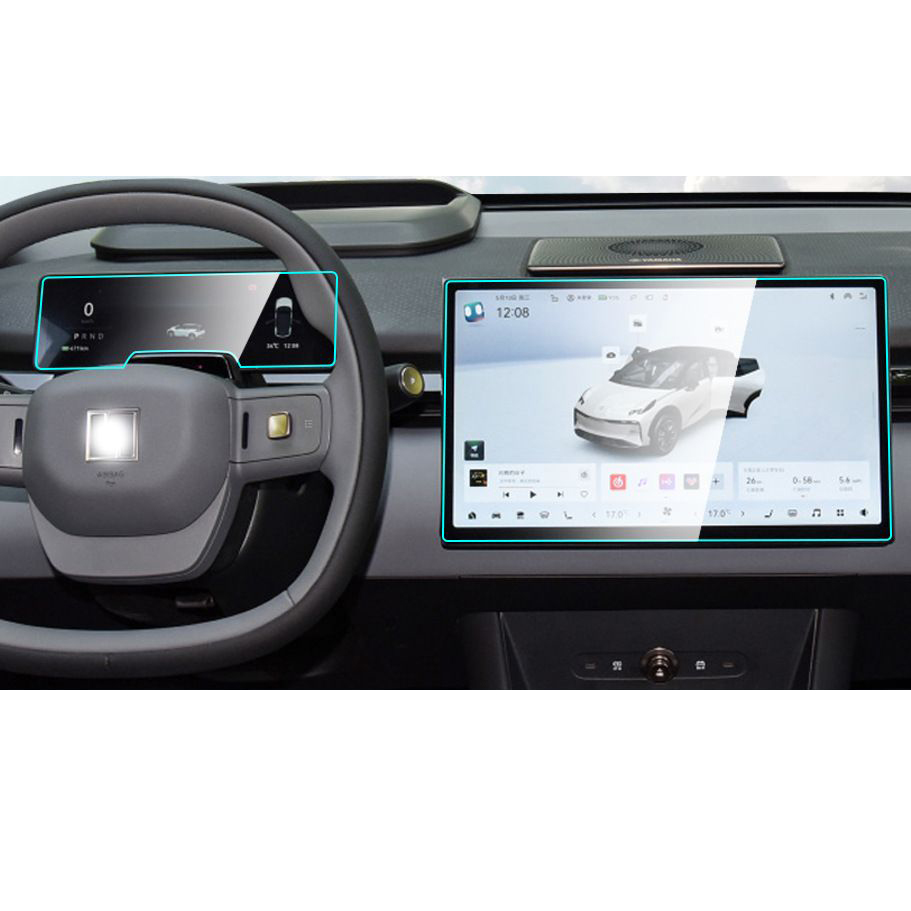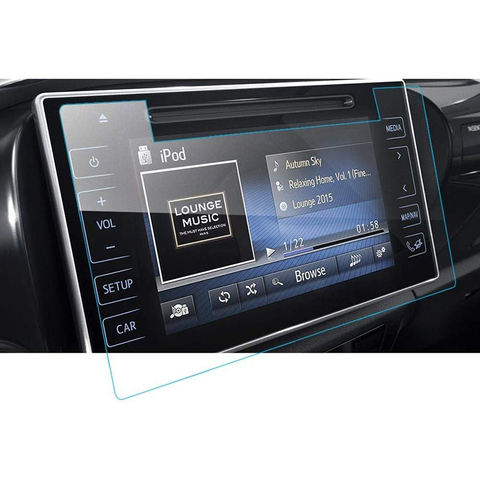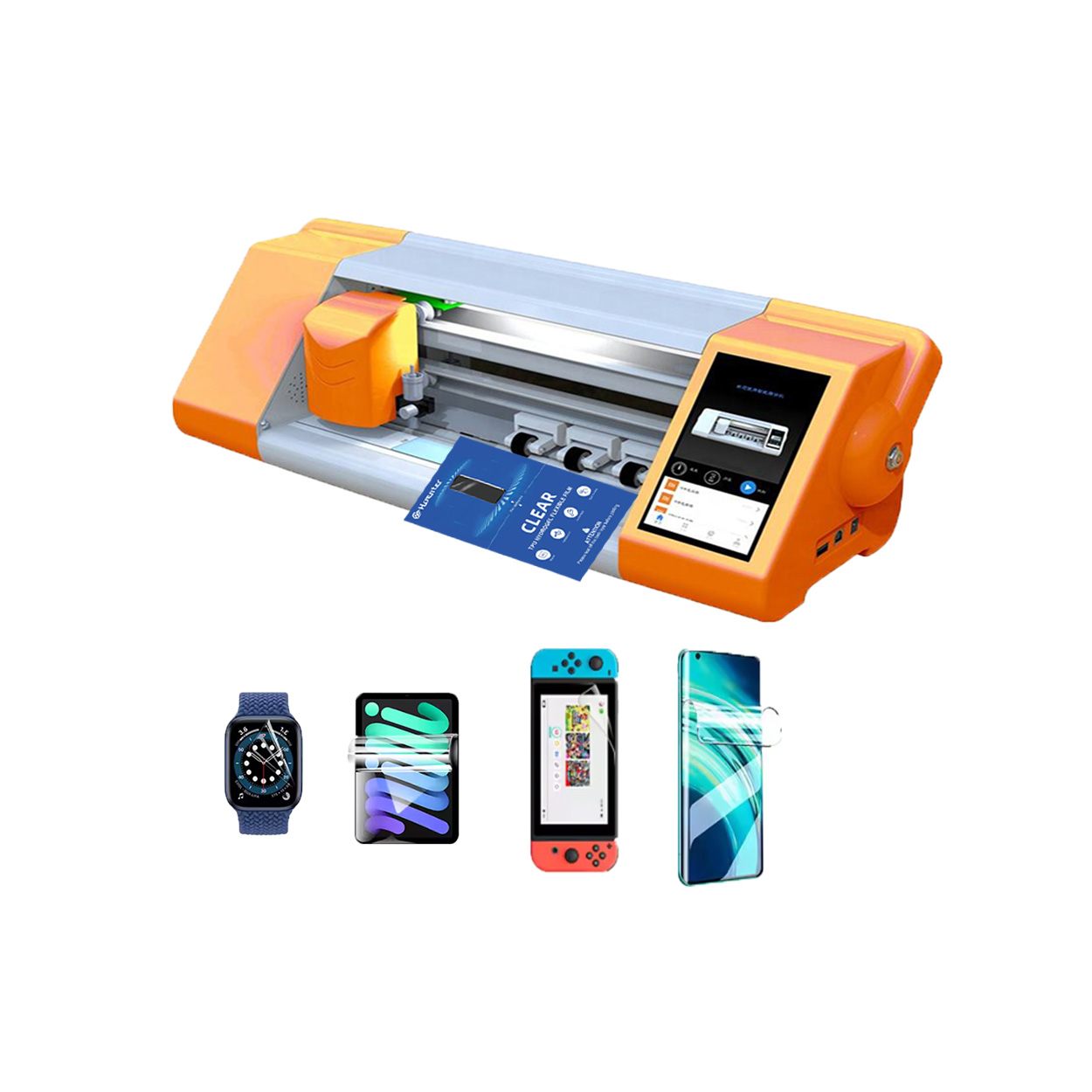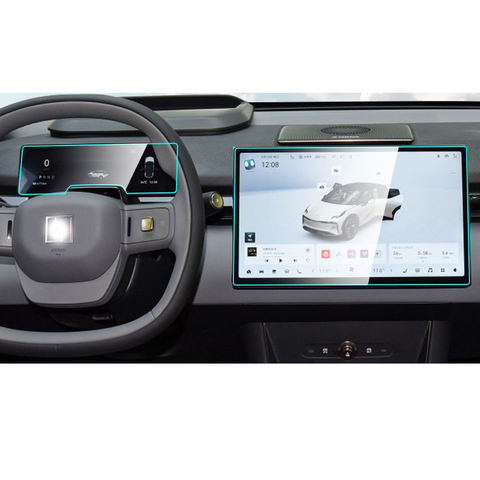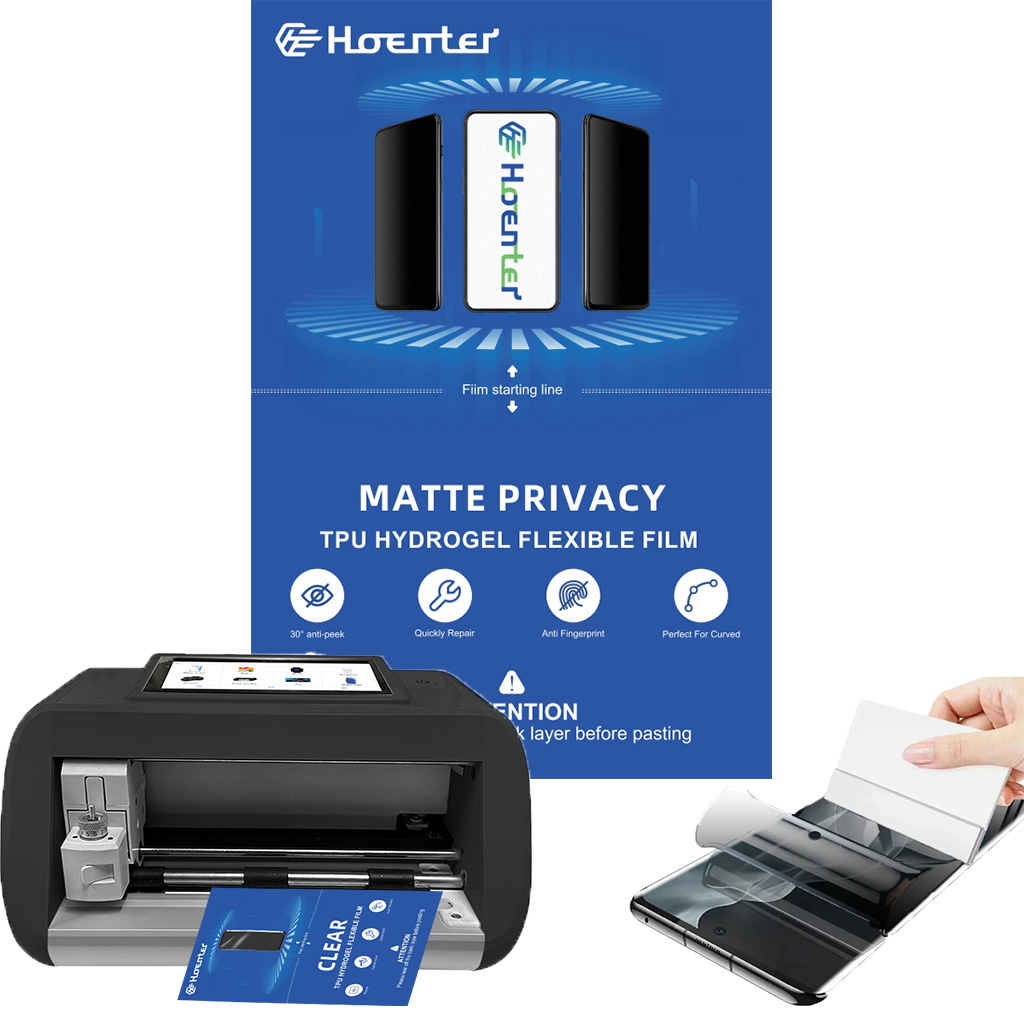
Does a Screen Protector Work Well?
Table des matières
Résumé
While advancements in screen technology, such as Ceramic Shield and Gorilla Glass, provide impressive durability, screen protectors can still offer an extra layer of security.Whether you choose a tempered glass, TPU, or PET protector, investing in a screen protector is a smart decision for anyone looking to keep their phone in top condition. By understanding the different types of protectors and their benefits, you can choose the best option for your needs.
1. What is a Screen Protector and Why Do You Need One?
Screen protectors are essential accessories for smartphones. They are designed to shield your phone’s screen from scratches, cracks, and other forms of damage. But do you really need one? The answer depends on how you use your phone and your lifestyle. If you’re someone who frequently drops their phone or carries it in a bag with keys and other sharp objects, a screen protector can be a lifesaver.Screen protectors are made from various materials, each offering different levels of protection. They can help maintain the resale value of your phone by keeping the screen in pristine condition. Moreover, they provide peace of mind, knowing that your screen is protected from everyday wear and tear.2. Types of Screen Protectors: Which is Best for You?
There are several types of screen protectors available, each with its own set of benefits and drawbacks. Verre trempé protectors are popular for their durability and clarity. They offer excellent protection against scratches and minor drops. TPU (Polyuréthane thermoplastique) protectors are flexible and offer good protection against scratches, but they may not be as clear as glass protectors. PET (polyéthylène téréphtalate) protectors are thin and lightweight, offering basic protection against scratches.When choosing a screen protector, consider your needs and preferences. If you prioritize clarity and durability, tempered glass might be the best option. If you prefer something lightweight and flexible, TPU or PET protectors could be more suitable.
3. Tempered Glass vs. Gorilla Glass: What’s the Difference?
Verre trempé screen protectors are made by heating glass to high temperatures and then cooling it rapidly. This process makes the glass stronger and more resistant to impact. Gorilla Glass, on the other hand, is a type of chemically strengthened glass used in many smartphone screens. It is designed to be thin, light, and resistant to scratches and impacts.While both tempered glass and Gorilla Glass offer excellent protection, they serve different purposes. Tempered glass protectors are an additional layer of protection, while Gorilla Glass is built into the phone’s screen. Using both can provide maximum protection for your device.4. The Rise of Ceramic Shield: Is It a Game Changer?
Apple’s Ceramic Shield, introduced with the iPhone 15, is a new type of glass that incorporates ceramic crystals for added strength. Apple claims that Ceramic Shield offers four times better drop performance than previous iPhone models. But does this mean you no longer need a screen protector?While Ceramic Shield is undoubtedly a significant advancement in screen technology, it doesn’t make screen protectors obsolete. Screen protectors can still provide an extra layer of protection against scratches and minor impacts, ensuring your phone stays in top condition.5. Do You Really Need a Screen Protector for Your iPhone 15?
With the introduction of Ceramic Shield, many iPhone users are questioning the necessity of screen protectors. While Ceramic Shield offers impressive protection, it is not invincible. Screen protectors can still help prevent scratches and minor damage, especially if you frequently carry your phone in a pocket or bag with other items.Ultimately, whether you need a screen protector for your iPhone 15 depends on your usage habits and how much protection you want for your device. If you want to ensure your phone remains in pristine condition, a screen protector is a wise investment.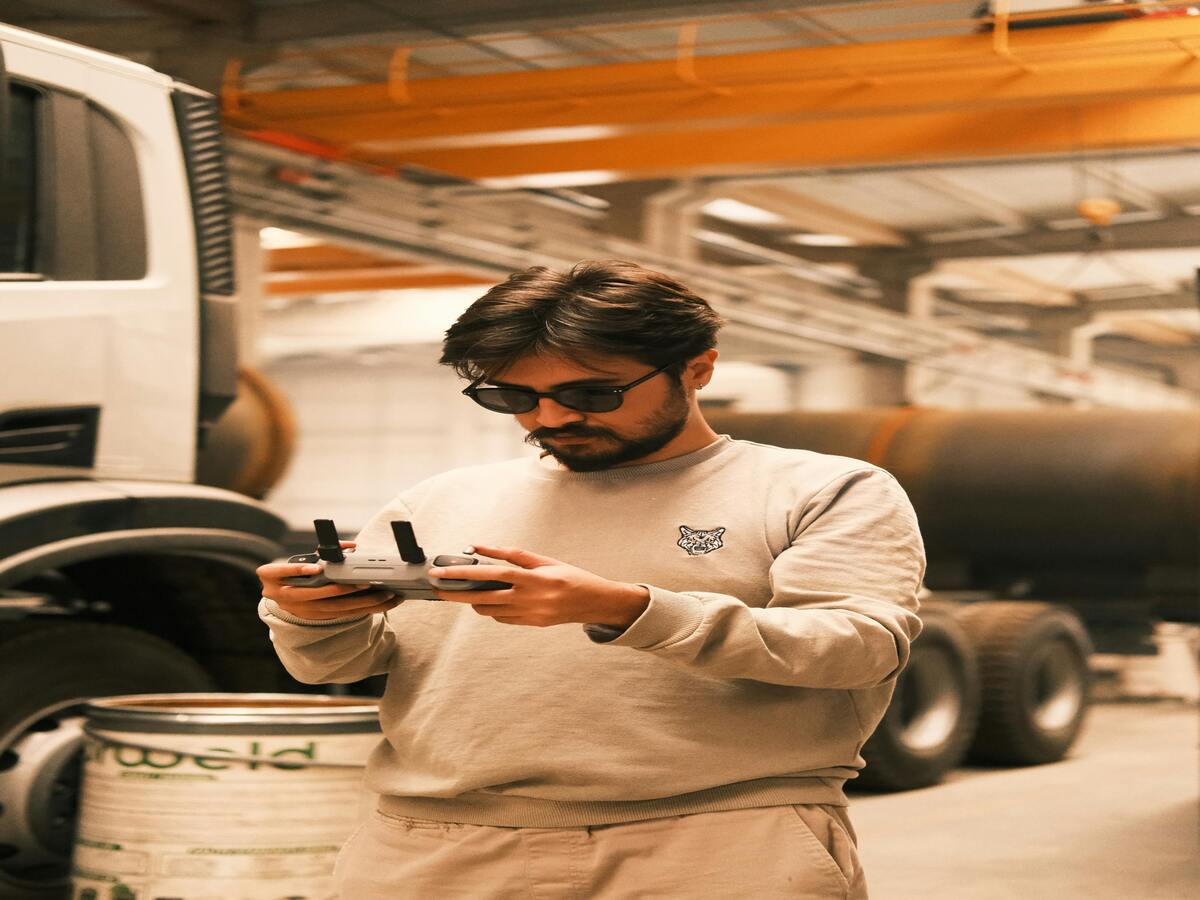
6. Impact Protection: How Much Can a Screen Protector Really Do?
Screen protectors are often marketed for their impact protection capabilities. But how much protection do they really offer? The answer depends on the type of screen protector you choose. Verre trempé protectors are known for their ability to absorb impact and prevent cracks, while TPU protectors offer flexibility and shock absorption.While screen protectors can help reduce the risk of damage from minor drops and impacts, they are not a substitute for a sturdy phone case. For maximum protection, consider using a screen protector in conjunction with a durable case.7. The Best Screen Protectors for Smartphones: Our Top Picks
When it comes to choosing a screen protector, there are many options available. Some of the best screen protectors on the market include:- amFilm Tempered Glass: Known for its durability and clarity, amFilm offers excellent protection against scratches and impacts.
- Spigen NeoFlex: A flexible TPU protector that provides good scratch resistance and is easy to apply.
- ZAGG InvisibleShield: Offers advanced protection with self-healing technology to repair minor scratches.
8. How to Apply a Screen Protector Without Bubbles
Applying a screen protector can be a daunting task, especially if you’re worried about bubbles. Here’s a step-by-step guide to help you apply your screen protector perfectly:- Nettoyer l'écran: Use a microfiber cloth and cleaning solution to remove any dust and fingerprints from your screen.
- Aligner le protecteur: Carefully align the screen protector with your phone’s screen, making sure all edges are lined up.
- Appliquer le protecteur: Slowly lower the protector onto the screen, starting from one edge and working your way across.
- Supprimer les bulles: Use a credit card or similar object to gently push out any bubbles, starting from the center and moving towards the edges.
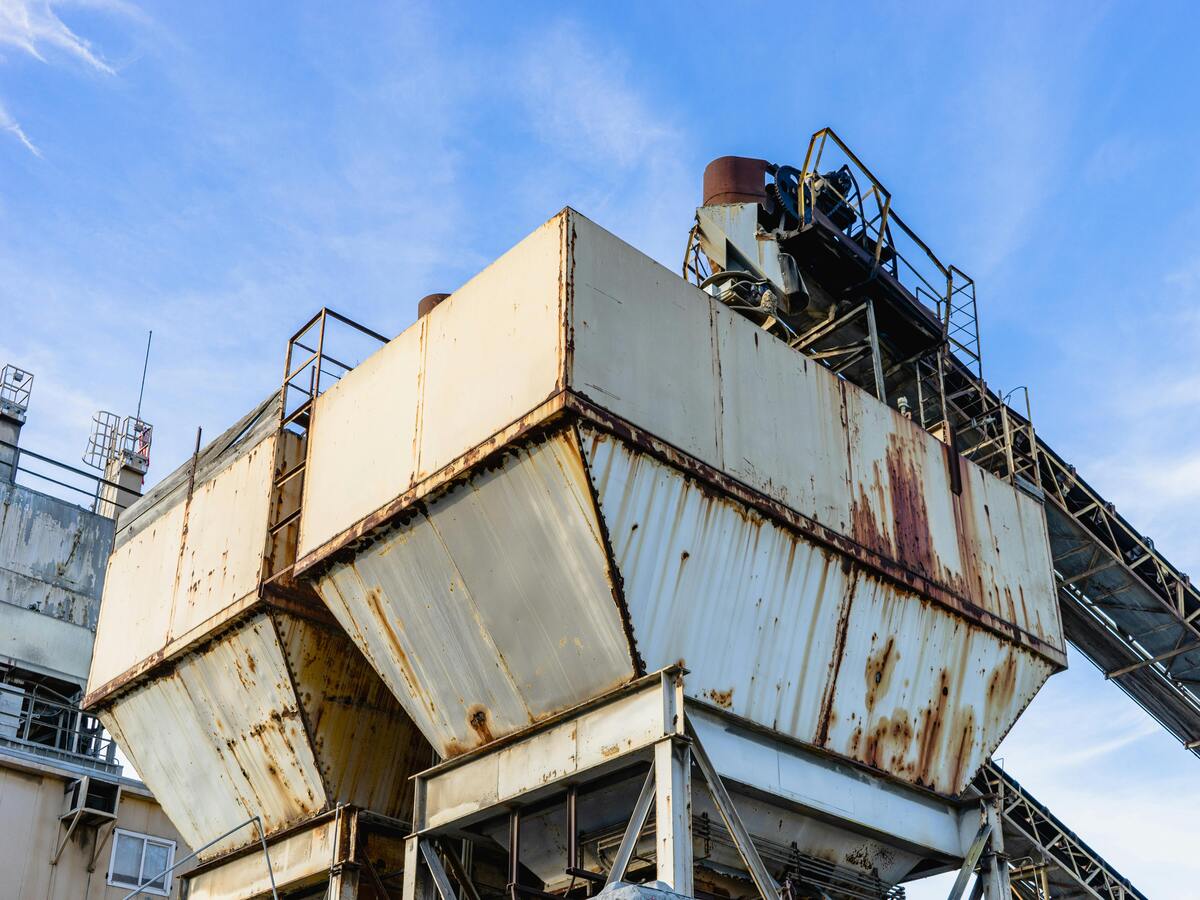
9. Common Myths About Screen Protectors Debunked
There are many myths surrounding screen protectors, and it’s important to separate fact from fiction. Here are some common misconceptions:- Myth: Screen protectors reduce touch sensitivity. While some low-quality protectors may affect touch sensitivity, high-quality protectors are designed to maintain the screen’s responsiveness.
- Myth: Screen protectors are unnecessary with Gorilla Glass. While Gorilla Glass is durable, it is not scratch-proof. A screen protector can provide an extra layer of protection.
- Myth: All screen protectors are the same. Screen protectors vary in quality and material, so it’s important to choose one that meets your needs.
Commentaires
Tags

Comment choisir le film d'hydrogel flexible adapté à votre produit ?
Les films souples d'hydrogel sont des matériaux polyvalents caractérisés par leur teneur élevée en eau et leur élasticité, ce qui permet de les utiliser dans divers domaines, notamment la médecine, l'électronique et la détection environnementale.

Touch and Go Instant Screen Response
Experience Touch and Go Instant Screen Response with our high-quality screen protector. Enjoy flawless touch sensitivity and protection without lag.

Lexus NX Navigation Tempered Glass
Protect your investment with a high-quality Lexus NX Screen Protector. Prevent scratches and damage to your NX’s navigation display.
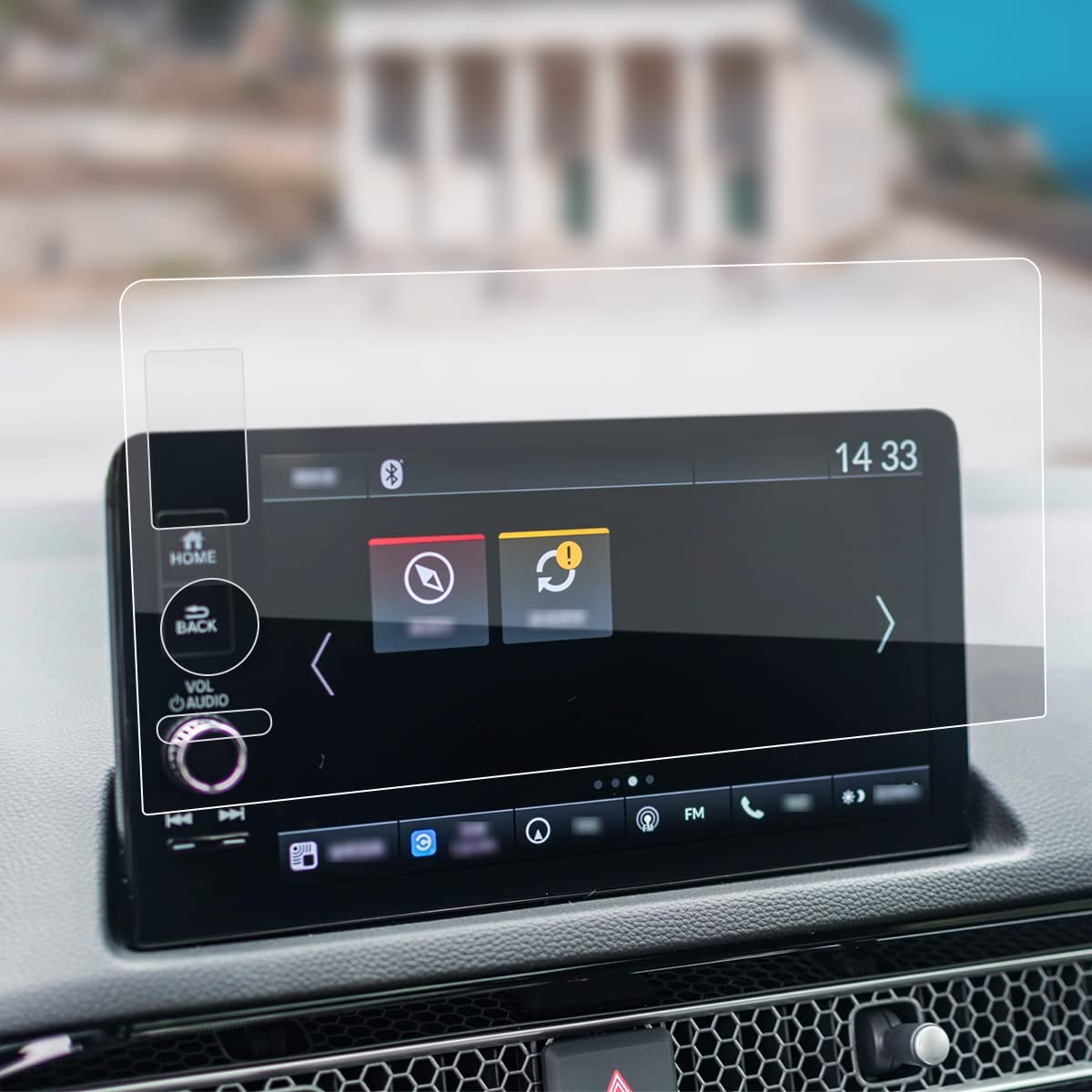
Honda Acura Integra 2023 Navigation Tempered Glass
Get the best 2023 Integra Tempered Glass screen protector. Ultra-clear and designed to maintain the touch sensitivity of your navigation display.
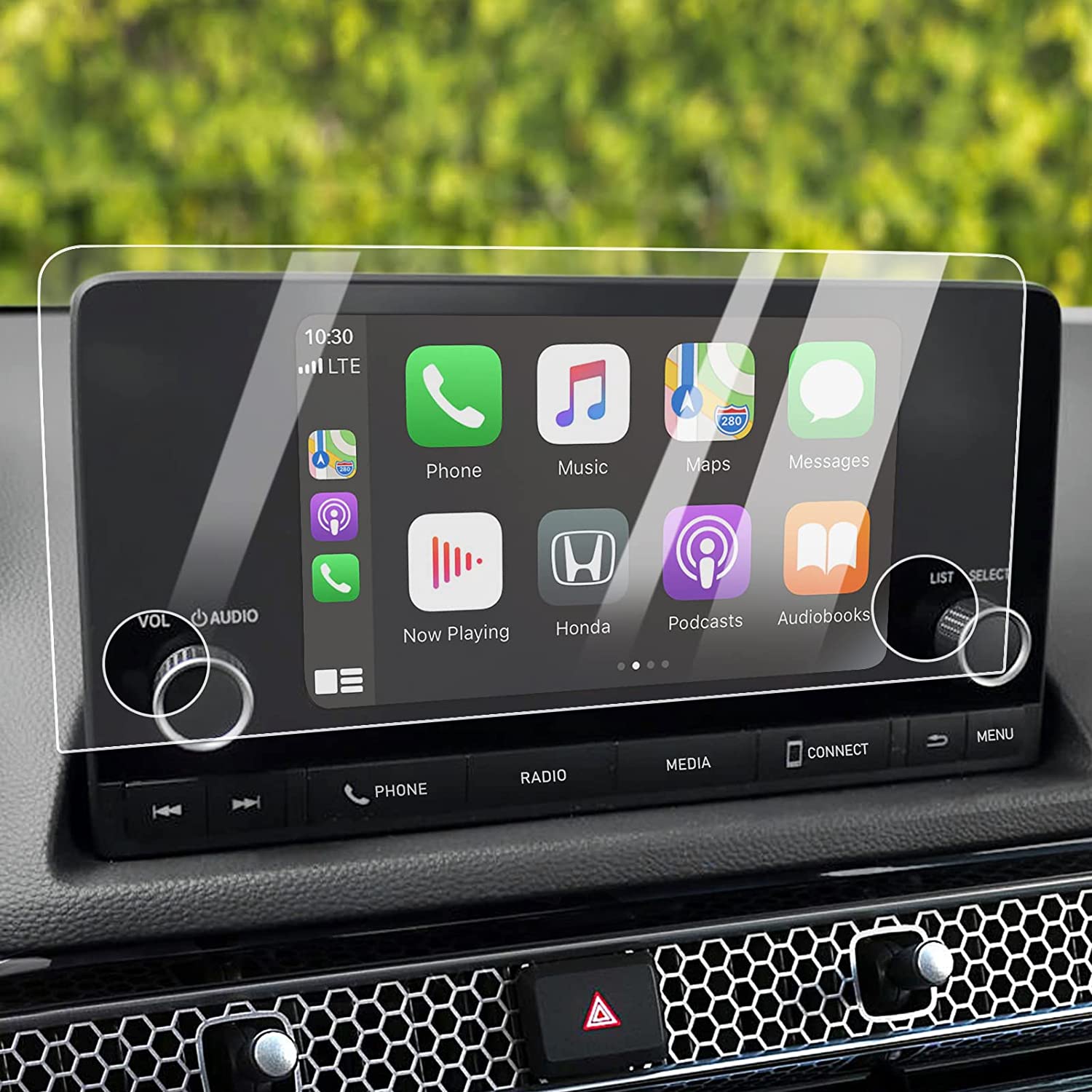
HD Car Touch Screen Tempered Glass
As a leading manufacturer of phone accessories, we understand the importance of protecting your valuable electronics. Now, we’re bringing our expertise to the automotive world with our premium HD Car Tempered Glass Screen Protectors.
Découvrez toutes les connaissances et tendances de notre blog, obtenez le prix de gros et la meilleure qualité de notre usine.

Quelles sont les machines de découpe de films et leurs applications ?
Les machines de découpe de films ont joué un rôle crucial dans l'évolution de la production cinématographique et de divers processus industriels en permettant une découpe et une jonction précises des matériaux cinématographiques.

Qu'est-ce qu'une machine à découper les protections d'écran ?
Une machine à découper les protections d'écran est un appareil spécialisé conçu pour produire des protections d'écran sur mesure pour divers appareils électroniques, notamment les smartphones, les tablettes, les smartwatches, les ordinateurs portables et les moniteurs.

Comment fonctionne la machine à découper les protections d'écran de téléphone portable?
Une machine à découper les protections d'écran de téléphone portable est un appareil sophistiqué conçu pour
produire des protections d'écran personnalisées pour divers appareils numériques avec un haut degré de précision.
et l'efficacité.

Caractéristiques du verre trempé et du protecteur d'écran TPU pour téléphones portables
Les protections d'écran en polyuréthane thermoplastique (TPU) sont flexibles, durables et
films plastiques auto-cicatrisants conçus pour protéger les écrans d'appareils électroniques contre la corrosion.
les rayures, les impacts et autres dommages potentiels.

Révolutionner la protection des appareils grâce à la machine à découper les écrans de protection
Que vous possédiez un smartphone, une tablette ou une smartwatch, cette machine polyvalente s'adapte à un large éventail d'appareils. Il s'adapte parfaitement aux dimensions de votre gadget, offrant un ajustement personnalisé que les protecteurs génériques ne peuvent égaler.

Garantie à vie du protecteur d'écran
La garantie à vie d'un protecteur d'écran est une garantie fournie par les fabricants.
s'engage à réparer ou à remplacer un protecteur d'écran pendant toute la durée de vie du produit, selon des conditions spécifiques.

